Best indoor plants for mental health
What we see around us has the biggest impact on our psychological health. Of all the approaches to better our psyches, including indoor plants in our homes is one of the most effective and fun ones. Plants, as well as their visual charm, also help ease stress, improve mood and improve mental acuity. We will see, in this essay, the most useful indoor plants for mental health — based on personal experiences and industry wisdom — and explain why these green friends can help.
The Plant Relationship Between the Mind And The Body Part I.
The therapeutic qualities of nature for the mind have long been confirmed by science. Encirclement with greenery suppresses cortisol, the stress hormone, and elevates serotonin and dopamine, a combination of happiness and rest. Houseplants carry this peace into the home, where it’s a refuge that aids mental wellbeing.
Layla Armstrong, as the author of this article and a home management expert, says :
My small herb garden in my kitchen, I tell you from experience, was life changing. Plant care made me feel a part of something bigger, and it made the scent of basil and mint feel familiar in the middle of busy days. And this relationship with the natural world provided a stabilising effect: I felt more attuned, less nervous.
Best House Plants For Your Mental Health Top Indoor Plants for Mental Health.
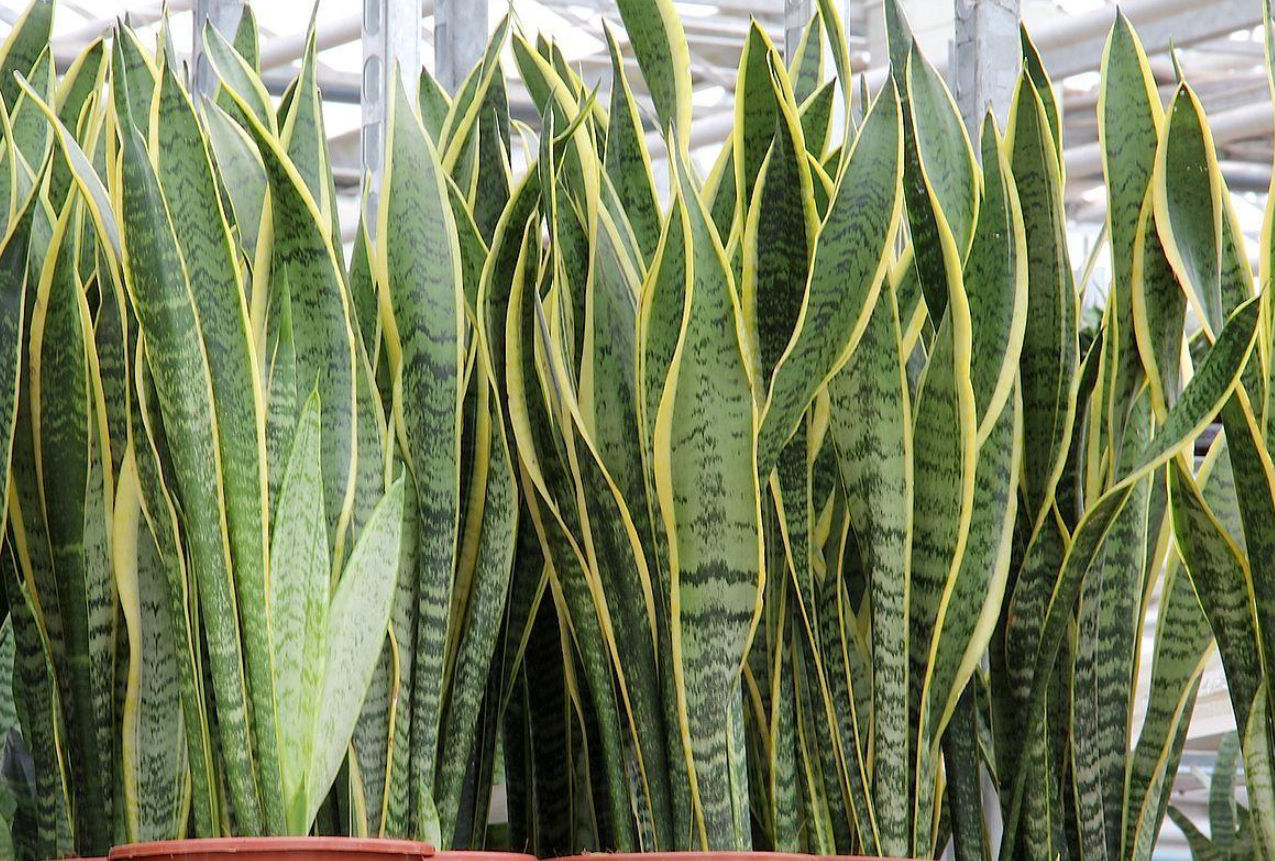
1. Snake Plant (Sansevieria)
Snake plants are usually suggested as air purifying plants and low maintenance plants. They blow air out at night to make the air a bit cleaner and get you to sleep.
Expert Tip: Plant a snake plant in your bedroom for better ventilation and stress relief. If you are a beginner with plants, this perennial is your dream since it likes to get neglected.
My Story: My very first houseplant was a snake plant. It was tough enough to trust as a houseplant and its green leaves made my home feel more lively and inviting.
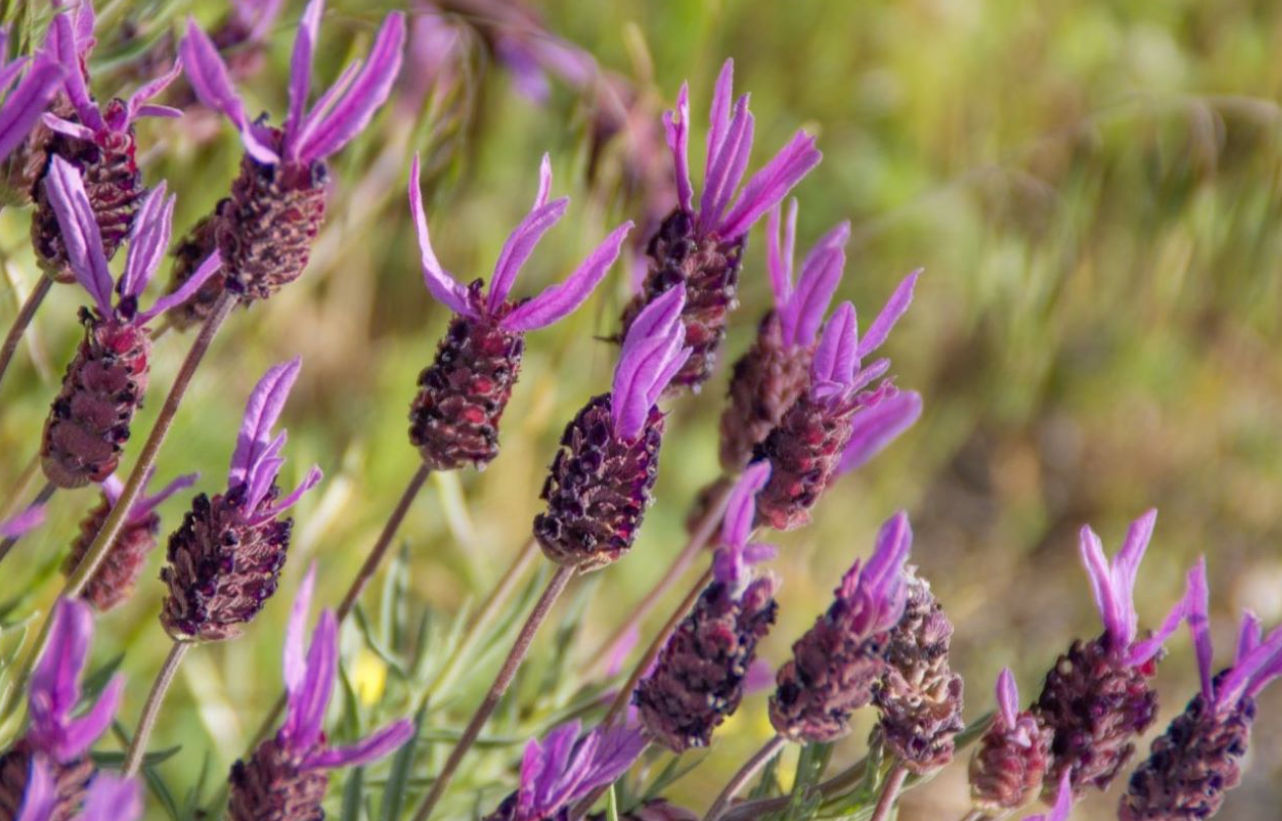
2. Lavender
Lavender is famously restful. Its sweet purple flowers and relaxing aroma can reduce stress and facilitate sleep.
Expert Tip: Always plant a lavender plant where it can get plenty of sun, right next to a window so it can enjoy the bright light. You can cut the flowers frequently, so they stay growing and fragranced.
My Story: I had placed a lavender plant at my desk and it kept me sane during difficult deadlines. I would even use to pick up the leaves and sniff their scent when I wanted a bit of perspective.
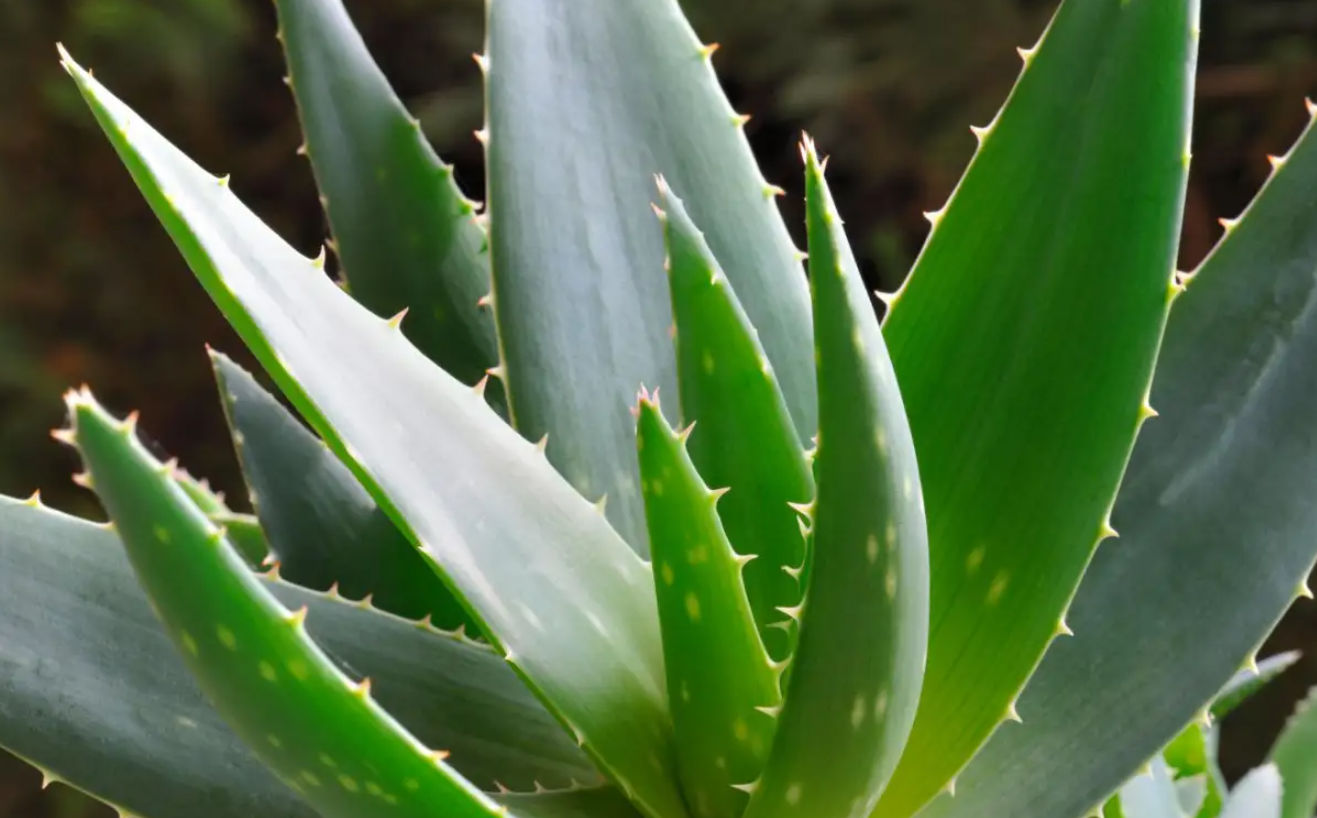
3. Aloe Vera
Not only is aloe vera a skincare superstar, it is a stress buster. Its velvety leaves are a sign of life and it filters pollution from the air to create a better world.
Expert Tip: Aloe vera loves direct, bright sunlight and only needs to be watered rarely. Its gel can also be applied to small burns or scrapes, which makes its existence practical.
My Experience: Since the pandemic, I am in more indoor space. I felt routined in tending to my aloe vera plant. It was meditative to water and scrub its leaves, and it made me feel good to know it was doing my air a favour.
You can also read these articles on our website:
How to Unclog a Toilet Fast : A Step-by-Step Guide
How to Get Rid of Musty Smell Under the Sink : A Comprehensive Guide
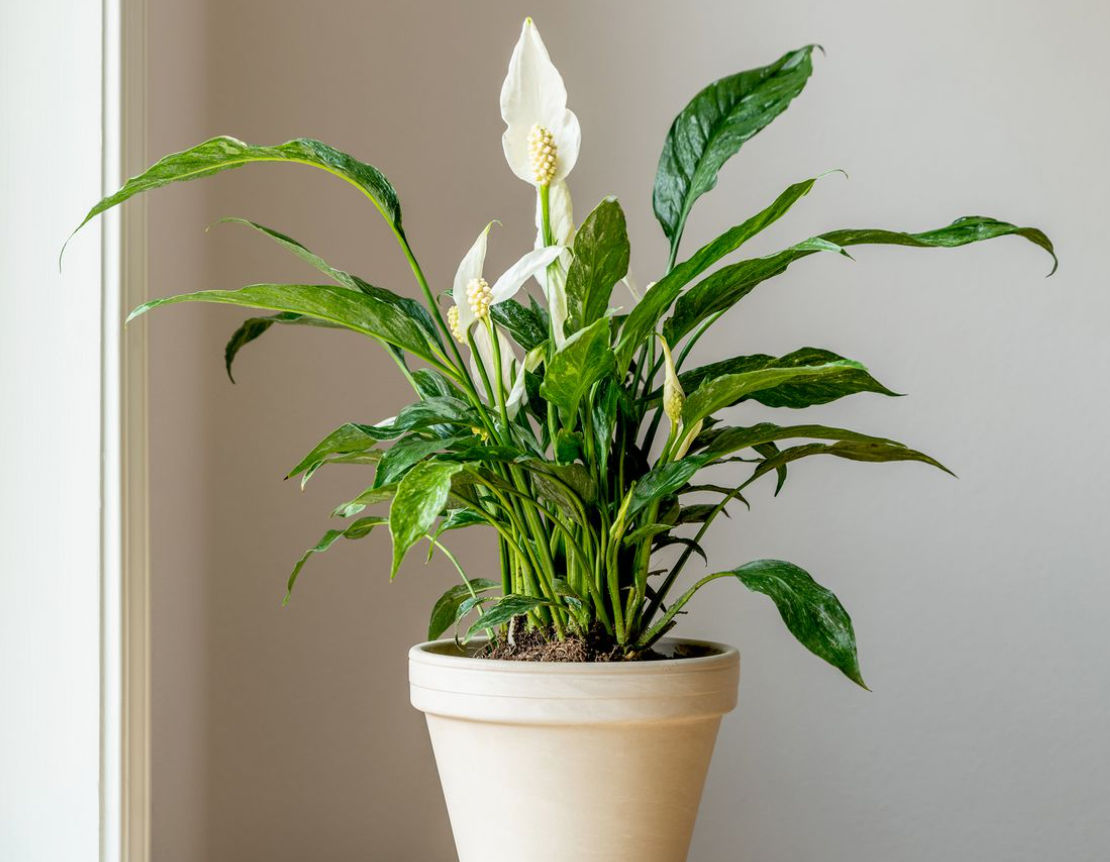
4. Peace Lily (Spathiphyllum)
Peace lilies are white blooming, elegant plants that filter air pollutants such as benzene and formaldehyde. They stand for tranquility and serenity and would be a great addition to rooms that are for resting.
Tip from an Expert: Peace lilies like to be planted in the shade and not in full sunlight. Scrub their leaves once in a while to keep them wet.
My Experience: A peace lily planted in my living room was set up as the focus of my meditation corner. Its soft beauty put the space at ease and its delicate care needs suited my approach to keeping it low-stress.
5. Pothos (Epipremnum aureum)
Pothos (devil’s ivy) is a highly tolerance plant with elongated vines that bring a bit of nature to your room. It’s reputed to clean the home and increase the level of oxygen.
Expert Tip: Use pothos in a basket or hang it from a tall shelf so the vines fall. It’ll stay green and lush through regular pruning.
Experience: I used a pothos as a hanging in my home office and its greenery was a natural partition, between work and rest rooms. Watching its vines sprout became an admonishing of one’s own self-improvement, a light on a bad day.
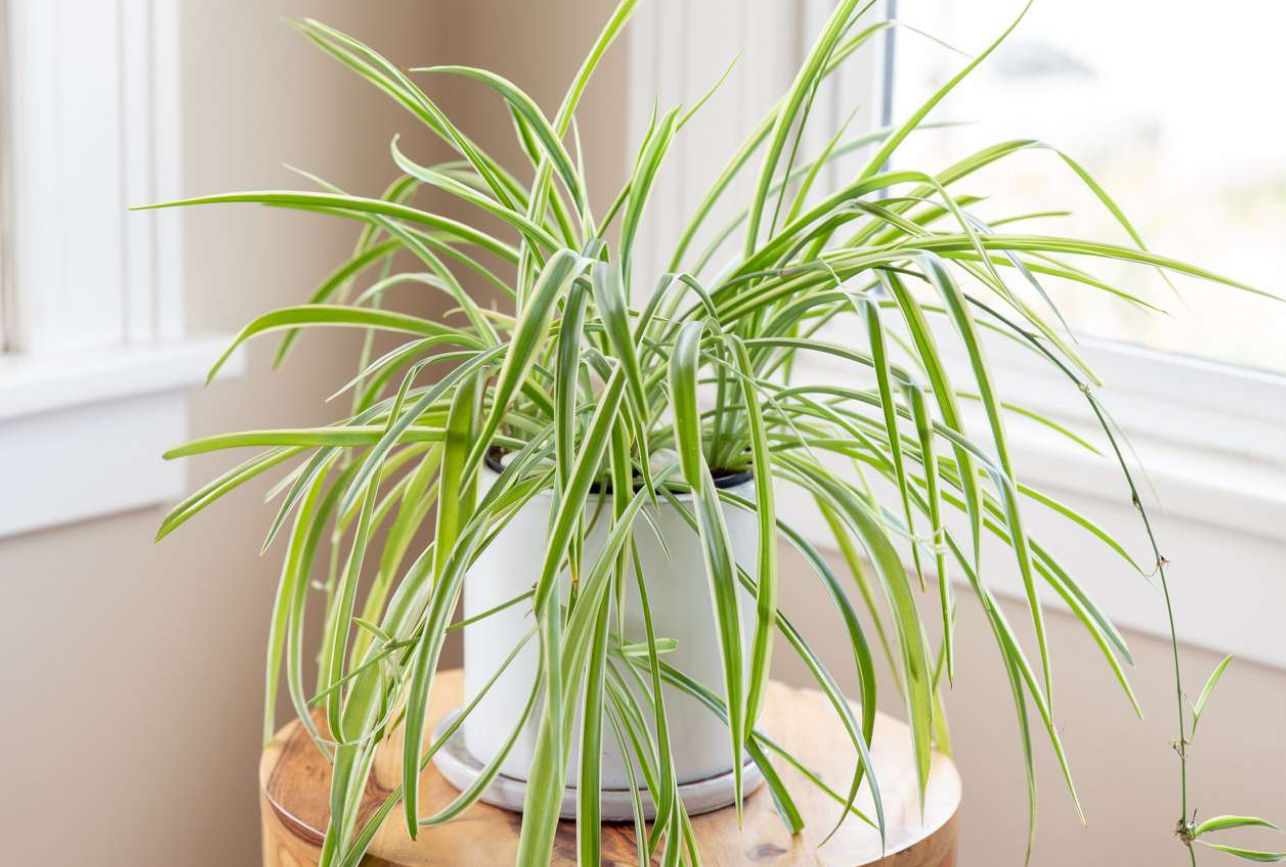
6. Spider Plant (Chlorophytum comosum)
Spider plants are also great for air purification and CO monoxide reduction. They’re pet safe and easy to maintain, which is great for families.
The Expert’s Tip: Spiders love indirect light and well-drained soil. And they create “babies,” or plantlets, that can be expanded into new plants.
My Experiment: My dining room had several people talking about the spider plant because its cascading leaves and pods attracted guests. When its plantlets were passed along to friends, there was an element of communality and proximity.
7. Rubber Plant (Ficus elastica)
Rubber plants are unabashed, drab, glossy. They are said to represent prosperity and can make a real difference to indoor air quality.
Expert Advice: Place the rubber plants in bright, indirect light and don’t over water them. When they dry their leaves with a damp towel, they are always clean and free of dust.
My Experience: Rubber plant in my front door became a conversation piece and it sent a good message to everyone when I arrived. It was the kind of thing that made the room feel solid and allowed one to relax.
How to Handle Indoor Plants to Keep Them Healthy for Better Mental Health?
Indoor plants need not be a chore. And some helpful advice to make your plants do well here are some tips to help keep them going:
Choose Low-Care Plants: If you’re new to taking care of plants, go with hardy species such as snake plants or pothos. Their grit will give you strength.
Develop a Habit: Take time each week to water, trim and inspect your plants. This routine can be a meditation.
Learn to Be Conscious: Check in with your plants for light and moisture levels. This care can be a meditation.
– Establish a Green Space: Incorporate one section of your house to plants and use it as a place where you can read, meditate or simply just relax.
The Greater Advantages of Houseplants In Your Home.
Along with psychological wellbeing, plants inside help with bodily wellbeing as well, sanitising the air and increasing humidity. And they also inspire pride and imagination because planting and styling plants can be an art form.
FAQ :
- What houseplants are good for anxiety?
Houseplants like lavender, snake plants, and peace lilies are excellent for reducing anxiety. Lavender emits a soothing fragrance that promotes relaxation, while snake plants improve air quality, creating a calming environment. Peace lilies are known for their ability to purify the air and add a sense of tranquility to any space. These plants help create a serene atmosphere, which can alleviate stress and anxiety. - What is the most healing house plant?
Aloe vera is often considered the most healing houseplant due to its medicinal properties. Its gel can soothe burns, cuts, and skin irritations. Additionally, aloe vera improves indoor air quality by removing toxins like formaldehyde. It’s easy to care for and serves as a natural remedy for minor ailments, making it a versatile and healing plant to keep at home. - What is the healthiest plant to have in your house?
The spider plant is one of the healthiest houseplants to have indoors. It is highly effective at purifying the air by removing toxins like carbon monoxide and formaldehyde. Spider plants are also non-toxic to pets and easy to maintain, making them a safe and healthy choice for any household. Their ability to thrive in various conditions adds to their appeal. - What plant has a calming effect?
The jasmine plant is well-known for its calming effect, thanks to its sweet, soothing fragrance. Studies suggest that the scent of jasmine can reduce stress levels and promote better sleep. It’s often used in aromatherapy for its relaxing properties. Keeping a jasmine plant in your home can create a peaceful and calming environment, ideal for unwinding after a long day.
Article source:

I’ve heard that lavender can help with relaxation. I might try placing a small pot in my bedroom to see if it improves my sleep quality.
Snake plants are low-maintenance and great for air purification. I’ll consider adding one to my home office to create a calmer workspace.
I didn’t know that aloe vera could have a calming effect. I already have one in my kitchen, so I’ll move it to my living room to see if it makes a difference.
The suggestion about using jasmine for stress relief is interesting. I’ll look into getting a jasmine plant for my balcony to enjoy its fragrance.
I’ve been thinking about adding more greenery to my home. The idea of using peace lilies to improve air quality and reduce stress sounds appealing.
I’ve heard that spider plants are easy to care for and good for mental health. I’ll try placing one in my living room to see how it affects the atmosphere.
The mention of rosemary for improving focus is something I’d like to explore. I’ll consider growing a small rosemary plant on my windowsill.
I’ve been looking for ways to reduce anxiety at home. The suggestion to use English ivy for its calming properties is worth trying.